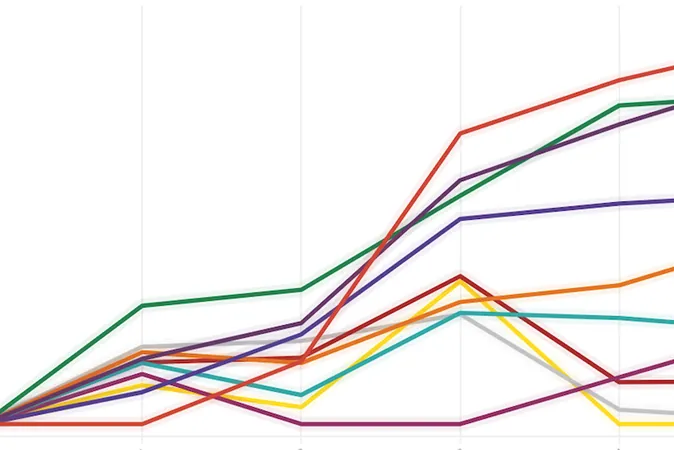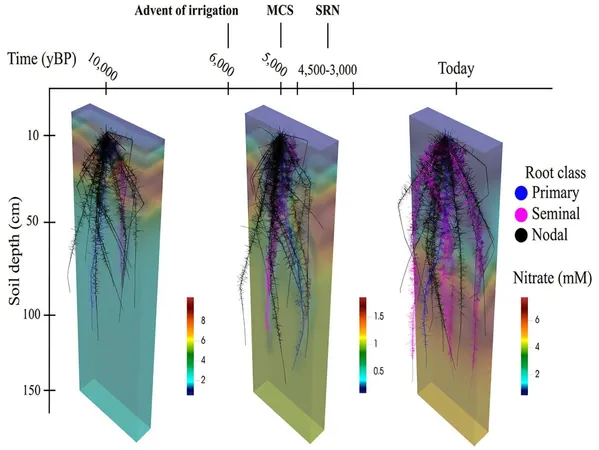
Revolutionary Model Transforms Our Understanding of Cosmic Accretion
2025-08-22
Author: Liam
A Groundbreaking Breakthrough in Astrophysics
A research team led by Prof. Jiao Chengliang from the Yunnan Observatories at the Chinese Academy of Sciences has unveiled a revolutionary model that tackles longstanding challenges in understanding self-gravitating spherical accretion. Their findings, recently published in *The Astrophysical Journal*, promise to reshape our comprehension of cosmic formations.
What is Accretion and Why Does It Matter?
Accretion is a fundamental astrophysical process where matter is pulled toward a central celestial body, such as a black hole or star. This phenomenon is critical for explaining various cosmic events, including star formation and the growth of black holes. Traditionally, the Bondi model from the 1950s has been the go-to framework for studying this process.
The Missing Key: Self-Gravity
However, this classic model falls short by neglecting an essential factor—the self-gravity of the gas being accreted. Researchers point out that ignoring this element can significantly distort flow structures and accretion rates in high-density environments, rendering the model less effective in crucial areas.
Introducing a Novel Mathematical Framework
To bridge this gap, the team has crafted a comprehensive mathematical framework that includes a three-point boundary value problem designed specifically for spherical accretion, accounting for the self-gravity of gas.
Utilizing a relaxation method—a numerical technique perfect for honing solutions in nonlinear systems—they also developed simplified analytical formulas, allowing astronomers to quickly gauge the impact of self-gravity without being bogged down by intense computational demands.









 Brasil (PT)
Brasil (PT)
 Canada (EN)
Canada (EN)
 Chile (ES)
Chile (ES)
 Česko (CS)
Česko (CS)
 대한민국 (KO)
대한민국 (KO)
 España (ES)
España (ES)
 France (FR)
France (FR)
 Hong Kong (EN)
Hong Kong (EN)
 Italia (IT)
Italia (IT)
 日本 (JA)
日本 (JA)
 Magyarország (HU)
Magyarország (HU)
 Norge (NO)
Norge (NO)
 Polska (PL)
Polska (PL)
 Schweiz (DE)
Schweiz (DE)
 Singapore (EN)
Singapore (EN)
 Sverige (SV)
Sverige (SV)
 Suomi (FI)
Suomi (FI)
 Türkiye (TR)
Türkiye (TR)
 الإمارات العربية المتحدة (AR)
الإمارات العربية المتحدة (AR)